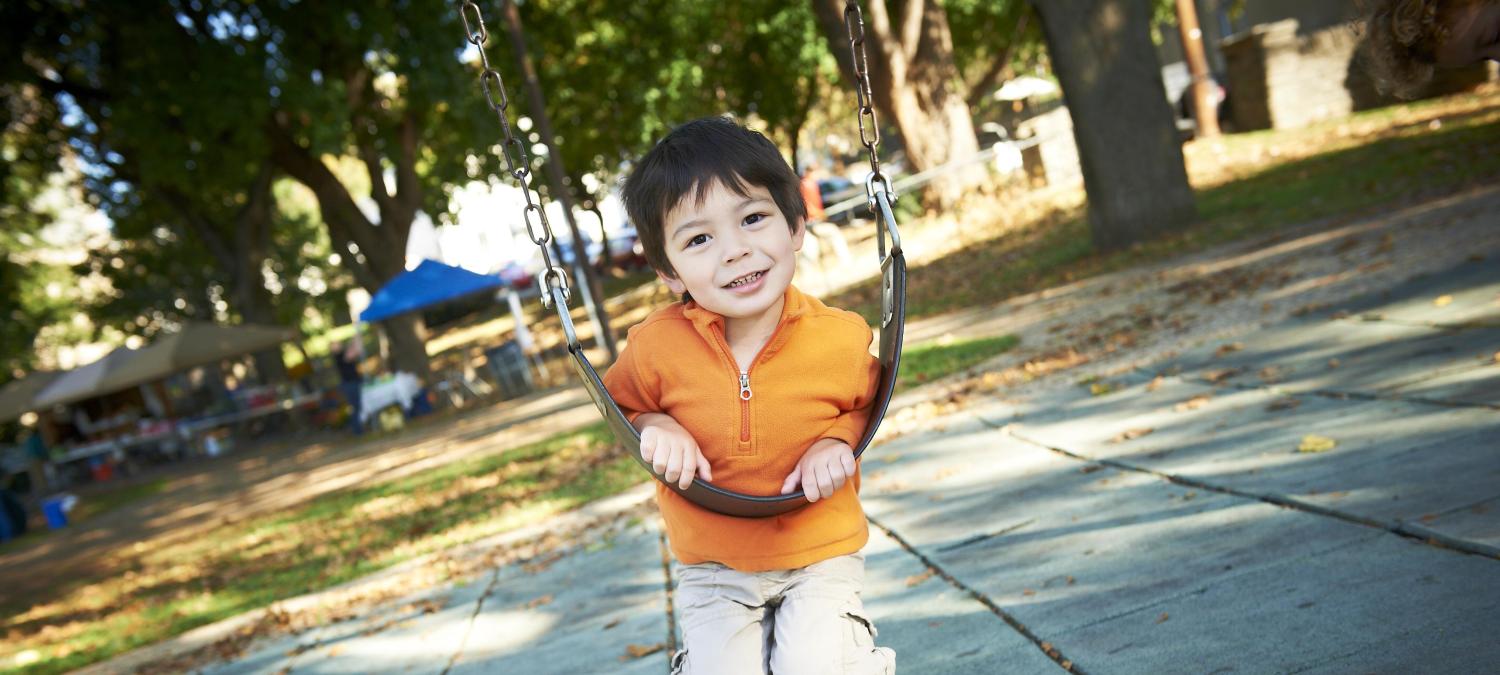

Publications
Search Tips
- Feb 2024
In 2021, more than 12% of children in the United States lived in households experiencing food insecurity, with limited access to adequate nutrition. Food insecurity has been associated with adverse pregnancy and birth outcomes and adverse cognitive, socioemotional, and…
- Jan 2024
Racism, a known social determinant of health, affects the mental health and well-being of pregnant and postpartum women and their children. Convincing evidence highlights the urgent need to better identify the mechanisms and the ways in which young children's development and mental…
- Jan 2024
To address socioeconomic disparities in the health outcomes of preterm infants, we must move beyond describing these disparities and focus on the development and implementation of interventions that disrupt the factors contributing to them. Unconditional cash transfers (UCTs), which…
- Jan 2024
Nearly four million referrals are made to the U.S. child welfare system each year. In the U.S., children in lower-income families are significantly more likely to come into contact with the child welfare system than their higher-income counterparts. Poverty mediates…
- Jan 2024
Research investigating racial disparities in health care and health outcomes is critically important to designing effective interventions to improve health for all. Knowing the demographic characteristics of the study population of interest is a key step in ensuring generalizable…
- Dec 2023
OBJECTIVE: To determine the association between in-person versus telephone-based contact by a resource navigator and caregivers' expressed desire for community-based resources to meet social needs in a pediatric emergency department (PED). METHODS: This retrospective observational…
- Dec 2023
PolicyLab responded to a request for public comment from the Pennsylvania Department of Human Services (PA DHS) on the Section 1115 Medicaid demonstration waiver application: “Bridges to Success: Keystones of Health for Pennsylvania.” In their response, PolicyLab experts…
- Dec 2023
Childhood obesity increased in the first year of COVID-19 with significant disparities across race, ethnicity, and socioeconomic status. Social distancing led to fewer physical activity opportunities but increased screen time and high-calorie food consumption, all co-determined by…
- Dec 2023
Health inequities are often driven by population-level social determinants of health, including public policies related to education, housing, and economic security, and by household-level social risks, such as food insecurity and housing instability. Many pediatric health systems…
- Dec 2023
Health-related social needs (HRSNs) are associated with poor and disparate child health outcomes, decreased access to preventive care, and increased acute care utilization. There is, therefore, growing momentum around addressing HRSNs through social care integration in pediatric health…